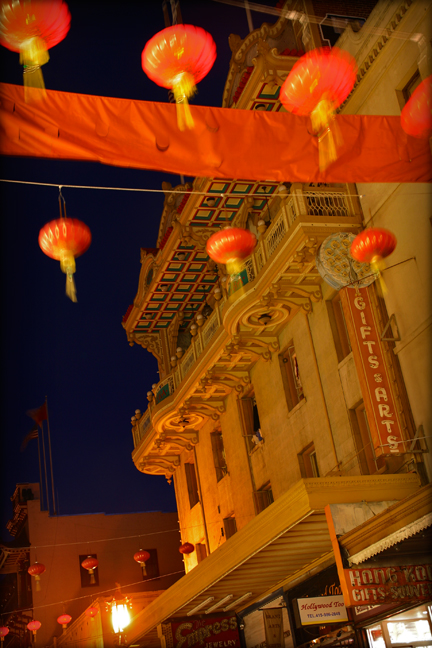F I R S T P R E V
P R E V 592
592 NEXT
NEXT LAST
LAST


The Immigration Debate, Chinatown
Between 1850 and 1880 more than 200,000 Chinese people, mostly from the southern Pearl River Delta province of Guangdong, arrived in San Francisco. As poor laborers they built the region's infrastructure, dug tunnels, planted the grapes of Napa Valley, and built the railroads. But by the 1870s many Americans began to resent the immigrants who worked hard for lower wages and politicians, seizing on the discontent, started enacting laws to target the foreign laborers—wait, why does that sound familiar?
The Workingmen's Party of California was formed on a single platform issue, to get rid of the Chinese. Passage of the Exclusion Act resulted in only ten Chinese entering the United States in 1887. Anti-Chinese sentiment and violence forced many immigrants to congregate in San Francisco's Chinatown where they created a self-reliant, more secure community. The 1906 earthquake and fire destroyed most immigration records and thousands Chinese declared themselves U.S. citizens in its wake. With a growing political presence, the restrictive immigration laws were loosened in the 1940s and again in the 1960s. Today one-fifth of San Francisco is Chinese but only about eight per cent of the community still live in Chinatown.
[
MAP F-15 ]